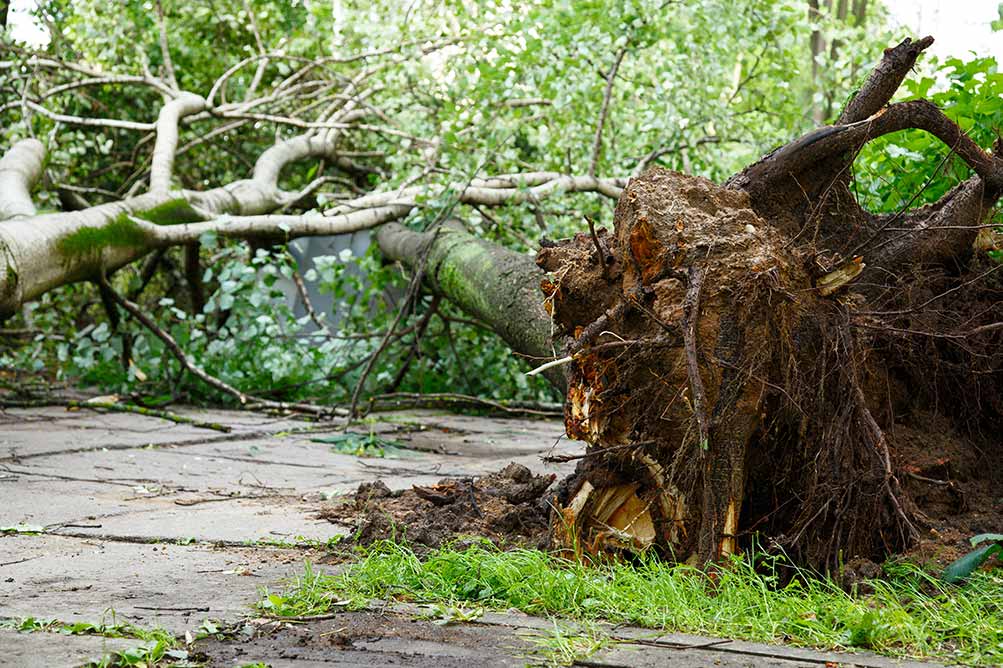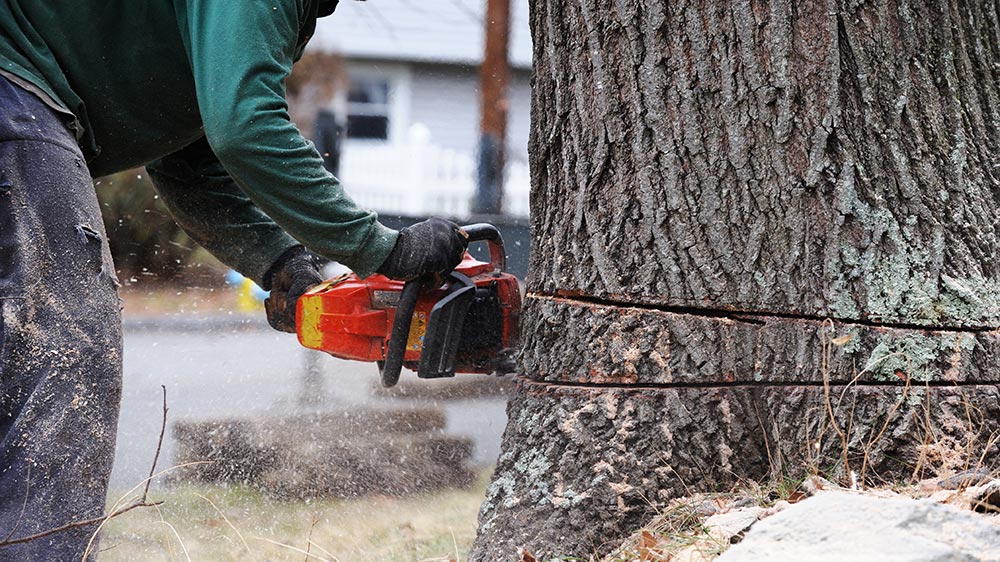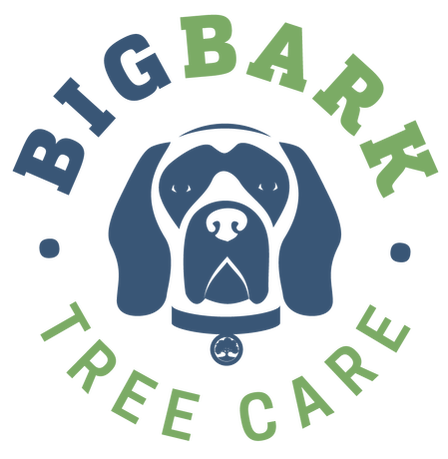|
September is the most active month of hurricane season. Most of you have been through it before and are prepared in the event another storm hits here. Below is a refresher for how to prepare for a hurricane. Here is a basic hurricane prep kit:
Prep kit extras:
Inspect your trees today. If they appear unhealthy, contact an arborist. If they have dead branches, have them removed. Tree companies can get booked up once there are hurricane storm path models projecting your area being possible. Contact a tree service company sooner than later for better scheduling. In the event of a hurricane, bring in outdoor furniture and potted plants. Board up windows and doors you deem necessary. Charge all phones and tablets fully before a hurricane strikes. Charge extra battery kits also. Fill a bathtub with water to use for cleaning in case the water stops working. If there is an evacuation order, get out early. Traffic will cause gridlock quickly. We hope to avoid any hurricanes this seasons and hope you are safe in the event we do encounter one.
14 Comments
You have a tree that needs to come down. A professional tree company seems pricey, so you are contemplating doing it yourself. Tree removal carries a lot of risks, some obvious, some hidden. We will go through some of the dangers of cutting down a tree. Gravity
This is the most common danger. Climbing in a tree can get you really far off the ground. ALWAYS wear a fall arrest harness without exception when you are climbing in a tree. Some of the branches on a tree may look healthy, but may have some signs of damage you do not notice. Even with proper footing, using chainsaws can cause you to shift your weight and may lead to a fall. Tools Chainsaws make doing tree work a lot easier. They can also quickly injure. Wear at least leather work gloves, a face shield, and leather chaps when dealing with a chainsaw. Never try to cut something the chainsaw was not designed to cut. Small hard objects may be launched out by the chainsaw. Never cut with the chainsaw close to your face. Do not cut anything directly overhead. Be sure to maintain the chainsaw according to it's manual. Ropes are a necessary tool for tree work. They make the job safer and easier. They are a lumberjack's friend. A worn out rope is a false friend. Inspect every foot of rope you will use when cutting down a tree as if your life depended on it, because it will. A rope breaking during a tree job can have devastating consequences. If your rope is worn, throw it away and get a new one. Falling Tools Tools fall all the time. When working with heights, these drops can lead to injury. Be sure that others working with you are wearing hard hats. No one should be underneath anyone who is performing tree work. Which also leads to... Branches Branches are a lot heavier than they look. The momentum of these branches can kill if they land on you. Branches cut while tree trimming will bounce off other branches on the way down which will cause them to land far from where they were originally cut. Again, stay clear of the area beneath anyone doing tree work. Tree Trunks Tree trunks are a different beast all together. These will kill if they land on anyone. Tree trunks can cut right through houses and cars. If a full tree trunk is felled, it can damage pipes and utilities buried beneath the ground. Sometimes you will find a tree trunk to be partially or fully hollow from insect damage. This can cause a weak point that will make the tree fall in a hard to predict pattern. The need for caution cannot be overstated when cutting a tree trunk. Electrocution Trees are often near power lines. Accidentally touching a power line can mean lights out. If the branches are close to touching the power lines, you should leave this job to a professional. Heights with chainsaws are dangerous enough without adding the element of electrocution. Contact your power company and they may trim away the branches or even cut down the tree for you. Weather A quick change in weather is always a possibility in both New Orleans and Baton Rouge, Louisiana. A strong uptick in wind or a freak thunderstorm can make the conditions for cutting down a tree dangerous. Always check the weather forecast prior to starting your tree removal project. |
|
Services |
Contact |
|




 RSS Feed
RSS Feed
